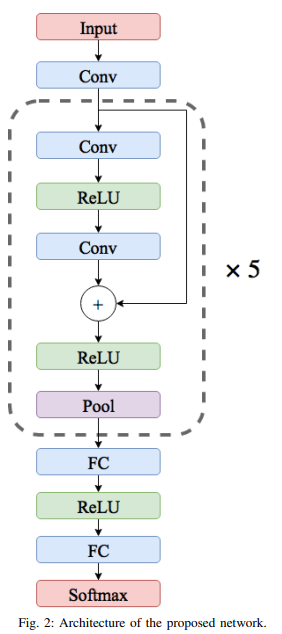

The model is trained on one batch at a time.Įxample 4D input to a 2D CNN with grayscale images. A batch is a subset of examples selected out of the whole data set. The batch_size dimension indexes into the batch of examples. The input layer of a CNN that takes in color images must have 3 input channels, corresponding to the red-green-blue color channels of the input color image. The input layer of a CNN that takes in grayscale images must specify 1 input channel, corresponding to the gray channel of the input grayscale image. For an animation showing the 3D filters of a 2D CNN, see this link. Source: Wikipedia (public domain)Įven though these “2D” images actually have three dimensions we still consider them “2D” because when they are displayed to people, only 2 spatial dimensions are explicitly shown.Ī “2D” CNN has 3D filters. Ī grayscale image has 1 color channel, for different shades of gray.
#Nn sequential grayscale how to
In this post you will learn how to build your own 2D and 3D CNNs in PyTorch.Ī 2D CNN can be applied to a 2D grayscale or 2D color image. Finally, perhaps you would like to write your own CNN entirely from scratch, without any pre-defined components. to add some custom convolutional layers after using a pre-trained convolutional feature extractor. In other cases, you may want to modify an existing CNN, e.g. For a 5-minute introduction to CNNs, see this post for a longer introduction, see this post.įor many tasks, it is appropriate to use an existing CNN architecture such as a predefined ResNet. This post focuses on convolutional neural networks (CNNs), which are popular in computer vision tasks. For more background on Anaconda and why it’s useful for machine learning projects, see this post. Note that in the conda environment the Python version and package versions are not “bleeding edge” so that this environment should work on Linux, Mac, or Windows. (b) Create the conda environment: conda env create -f tutorial_environment.yml To create the conda environment with all the dependencies, Inside the repository there is a yml file, tutorial_environment.yml, that includes all the dependencies needed to run the tutorial code. For more background on using Git see this post.
#Nn sequential grayscale download
If you want to follow along with this tutorial and/or use the code, you should clone or download the repository. Understand how to use nn.Sequential for better model organization.Understand the basics of object-oriented programming relevant to PyTorch.Understand how to choose kernel size, stride, and padding.Understand image dimensions, filter dimensions, and input dimensions.Design custom 2D and 3D convolutional neural networks in PyTorch.By the end of this tutorial, you should be able to:
#Nn sequential grayscale code
This tutorial is based on my repository pytorch-computer-vision which contains PyTorch code for training and evaluating custom neural networks on custom data.


 0 kommentar(er)
0 kommentar(er)
